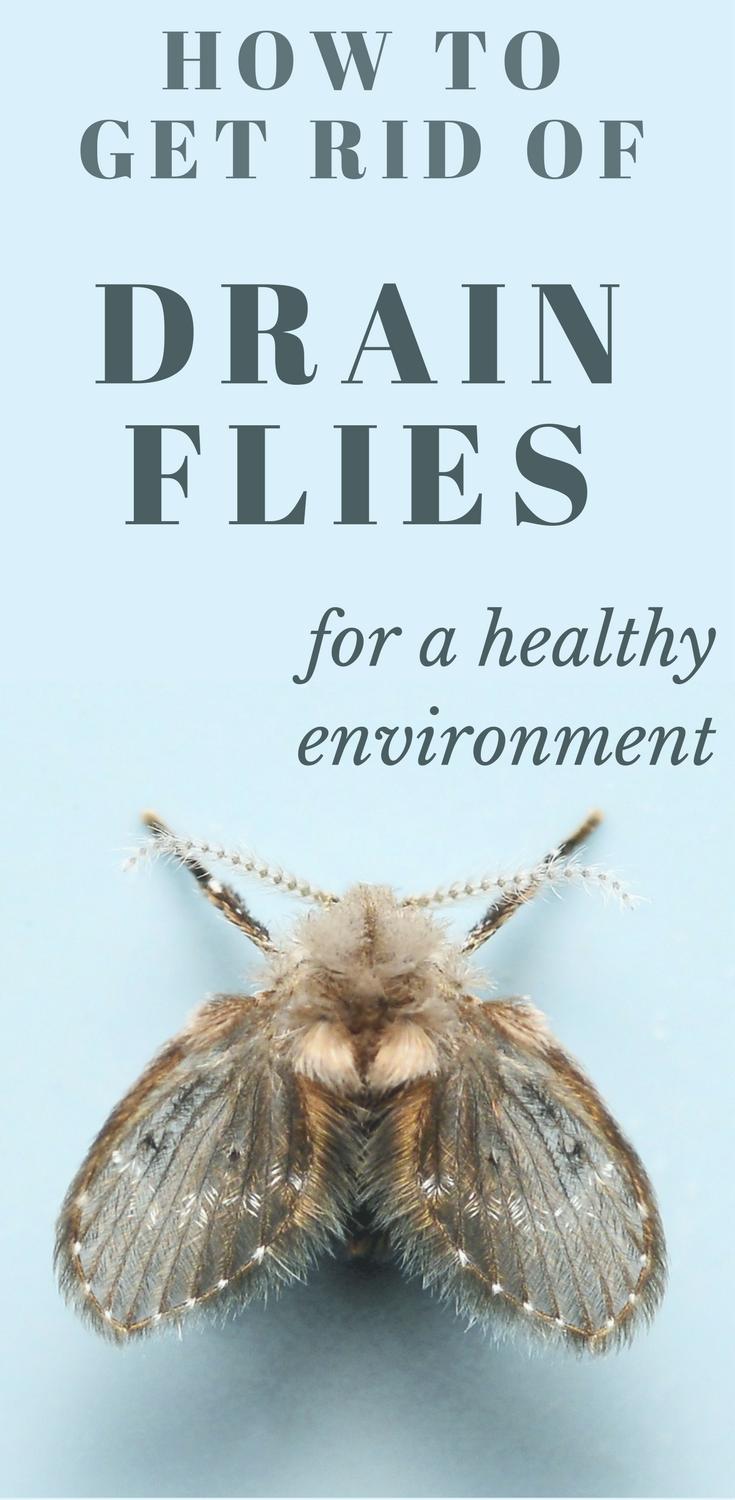How To: Get Rid of Drain Flies
Fuzzy winged insects flying out of seemingly clean sinks are the stuff of homeowners' nightmares. Fortunately, if you can unclog and clean up a drain, you can rid your home of this pesky problem.
ByBobVila | Updated Oct 12, 2021 12:45 PM
Photo: fotosearch.com
Drain flies, also known as moth flies, are a common nuisance in many homes. These pests live and breed inside your plumbing pipes, feeding on decomposing material and laying eggs within the gelatinous slime that collects along the interior walls of your drain. While these insects don’t bite or spread disease, no one likes to see tiny, winged bugs flying out of otherwise clean sinks. If you see some hanging around your kitchen or bathroom, follow these steps to identify the source of drain flies and eliminate them.
Read on for detailed instructions on how to get rid of drain flies.
Tools & Materials We are a participant in the Amazon Services LLC Associates Program, an affiliate advertising program designed to provide a means for us to earn fees by linking to Amazon.com and affiliated sites.Photo: fotosearch.com

STEP 1: Identify affected drains.
Before you can rid your home of drain flies, you need to identify the affected drains. Adult drain flies love to feed and breed in slow-moving or clogged drains, because they provide plenty of decomposing material where the insects can complete their life cycle. If any of your drains are backed up, chances are that those are the root of the problem.
If diagnosing the source turns out not to be that simple, try this other easy trick:
Pest problems?Find licensed pest control experts in your area and get free, no-commitment estimates for your project. Find Pros Now+STEP 2: Clean affected drains.
Once you’ve determined which are the problem drains, you need to clean out the slimy gunk that has collected there in order to eliminate the flies’ breeding zones. Resist the urge to pour a bottle of chemical drain cleaner down the drain, as that won’t effectively take care of all the decomposing material in your home’s pipes and traps.
Instead, start by running warm water down the drain. Next, insert a drain snake (or pipe brush) down the drain and use a gentle scrubbing motion to remove the built-up slime covering the inside of the drain pipe. A plunger can also be used to help pull out any leftover material from your pipes.
STEP 3: Clear the U-trap.
Open the U-trap under your sink so you can easily reach and remove any other clog-causing remnants that have collected inside.
STEP 4: Use enzyme drain cleaner.
Once you’ve cleared out the gunk, close the system back up and pour an enzyme drain cleaner down the drain to attack any remaining residue that didn’t come off with the pipe snake or brush. This specially designed gel (view example on Amazon) has the additional benefit of coating the inside walls of the pipe to prevent future blockages. Let the gel sit in the drain for several hours, according to the instructions on the label, then run more water down the drain to flush it out.
AdvertisementThe length of the life cycle of a drain fly varies depending on the climate and temperature of the drain, but it can last anywhere from eight to 24 days. Once you’ve wiped out their breeding ground, the adults will eventually disappear because there is nowhere left for them to deposit their eggs.
After a week, if drain flies are still a problem in your home, it’s safe to assume you didn’t adequately treat all the problem areas. Perform another set of tests (as in Step 1), and look for other spots that need your attention.
Pest problems?Find licensed pest control experts in your area and get free, no-commitment estimates for your project. Find Pros Now+Disclosure: BobVila.com participates in the Amazon Services LLC Associates Program, an affiliate advertising program designed to provide a means for publishers to earn fees by linking to Amazon.com and affiliated sites.







